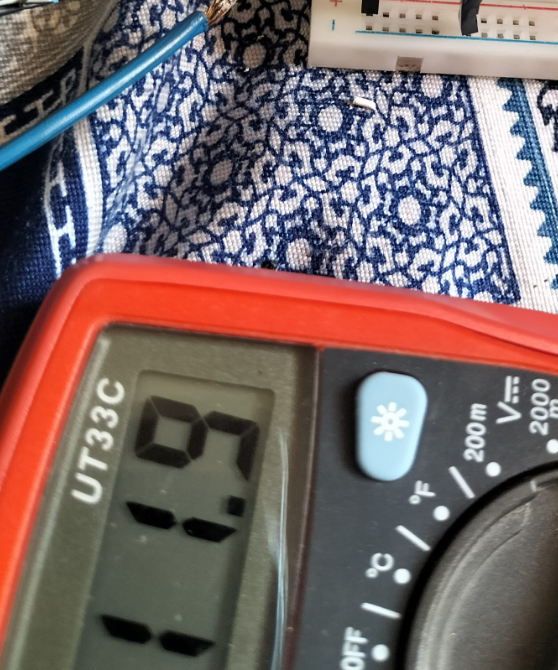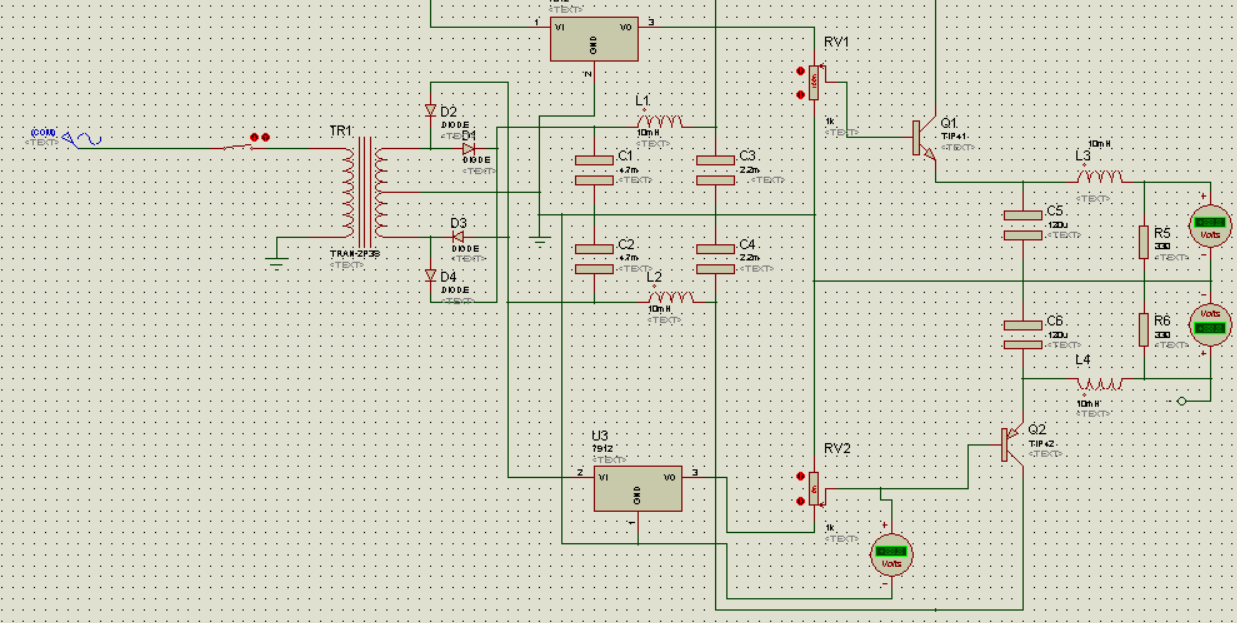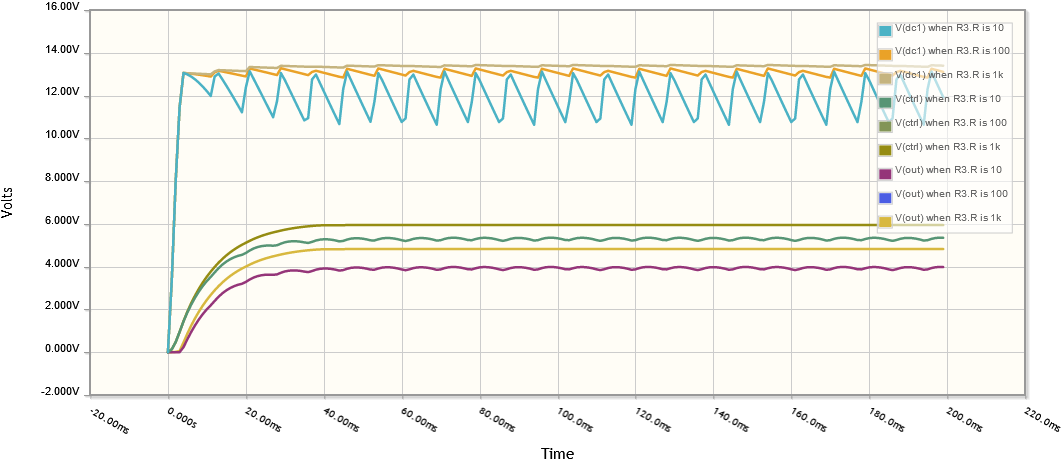I am using the following circuit which receives a DC voltage from a transformed and filter capacitors. I am getting a problem of the voltage changes.
Here without load the potentiometer input coming from the regulator is practically giving:
Without load the voltage I am getting across the load is:
With load the input voltage to the potentiometer becomes:
This input voltage change is not that much but this has resulted in a large change of 2 V in the output which is 9.2 V.
I haven't changed the knob of the potentiometer and I have received an unusual change. What can be the reason. I have used the potentiometer shown below:











